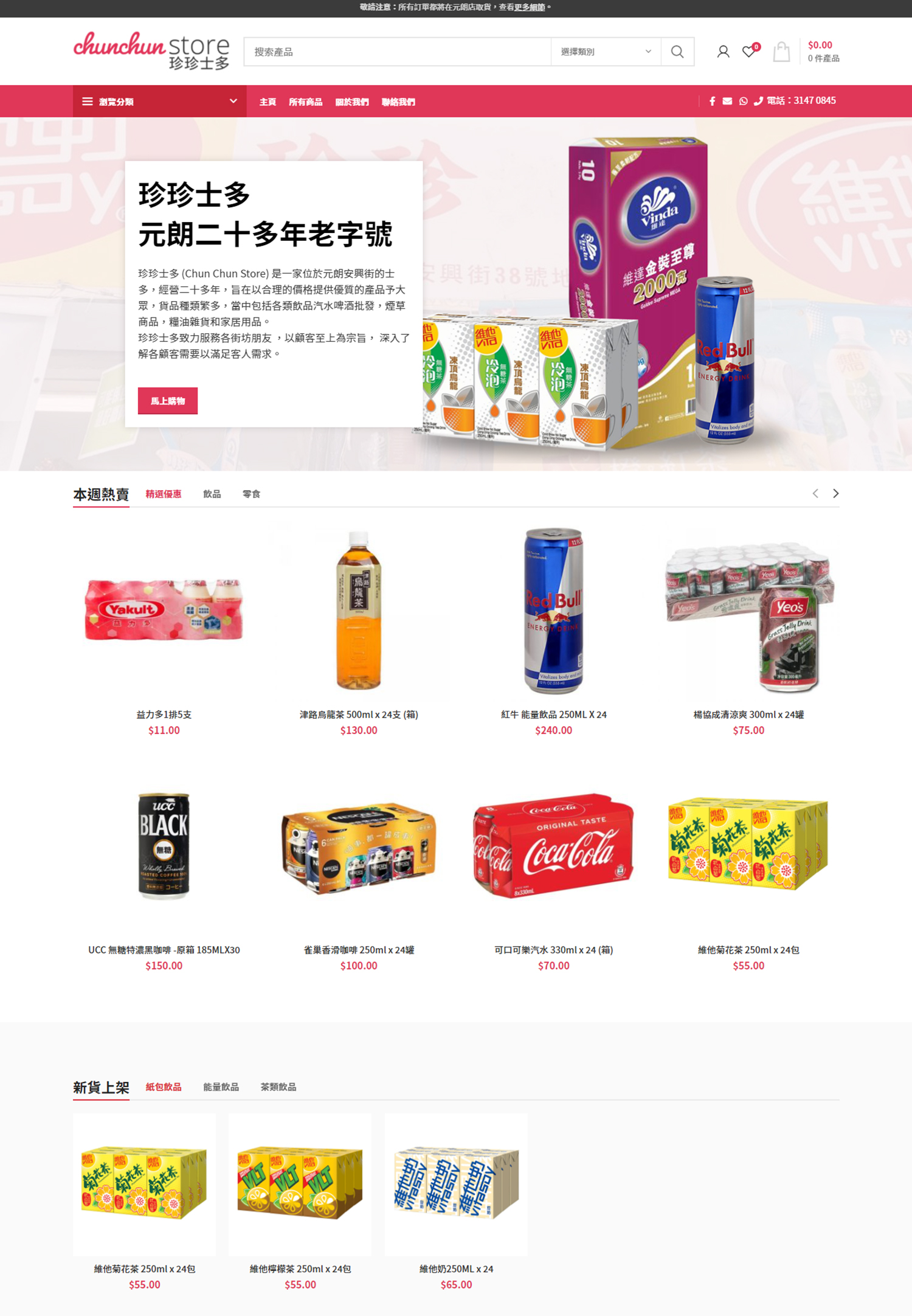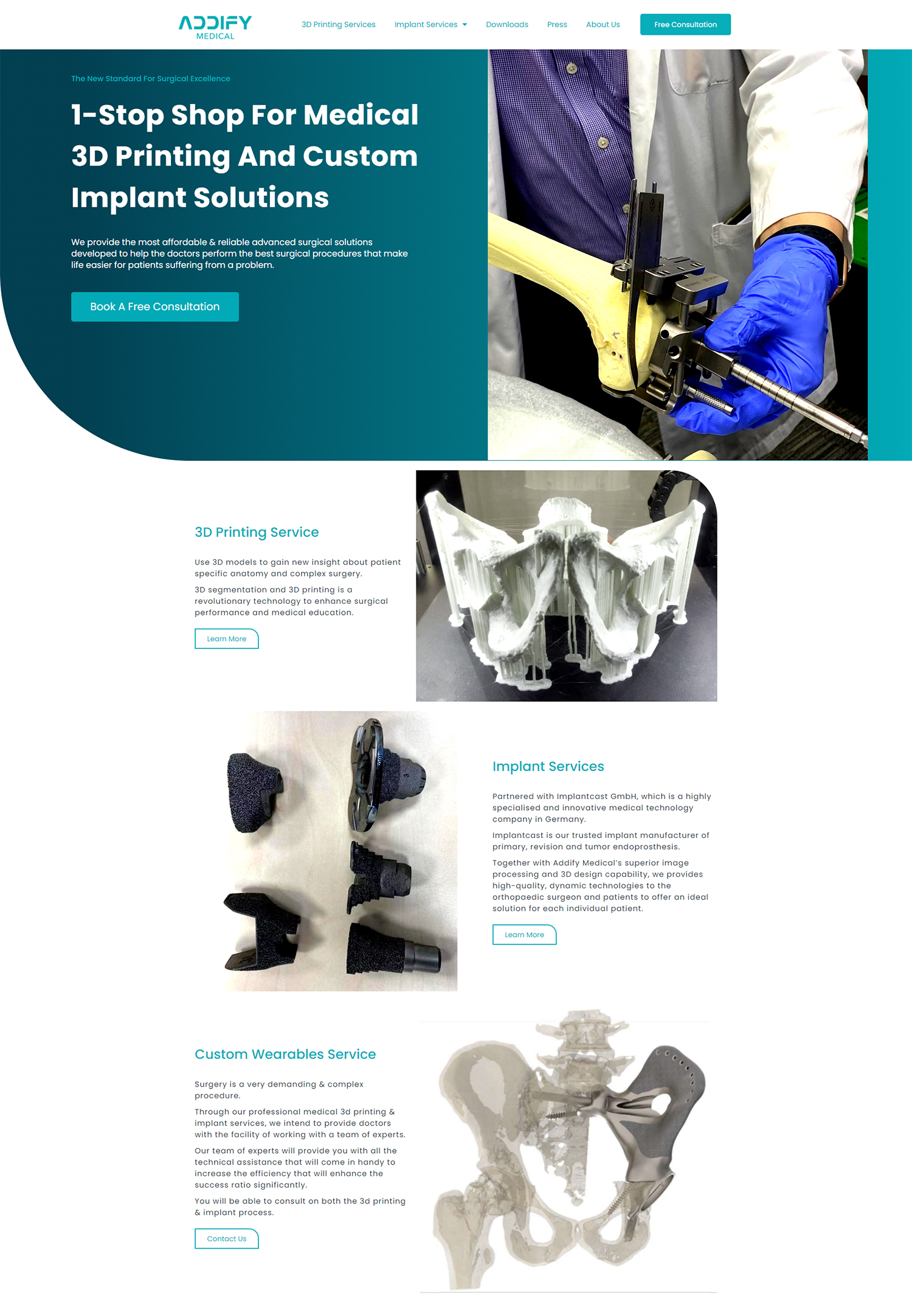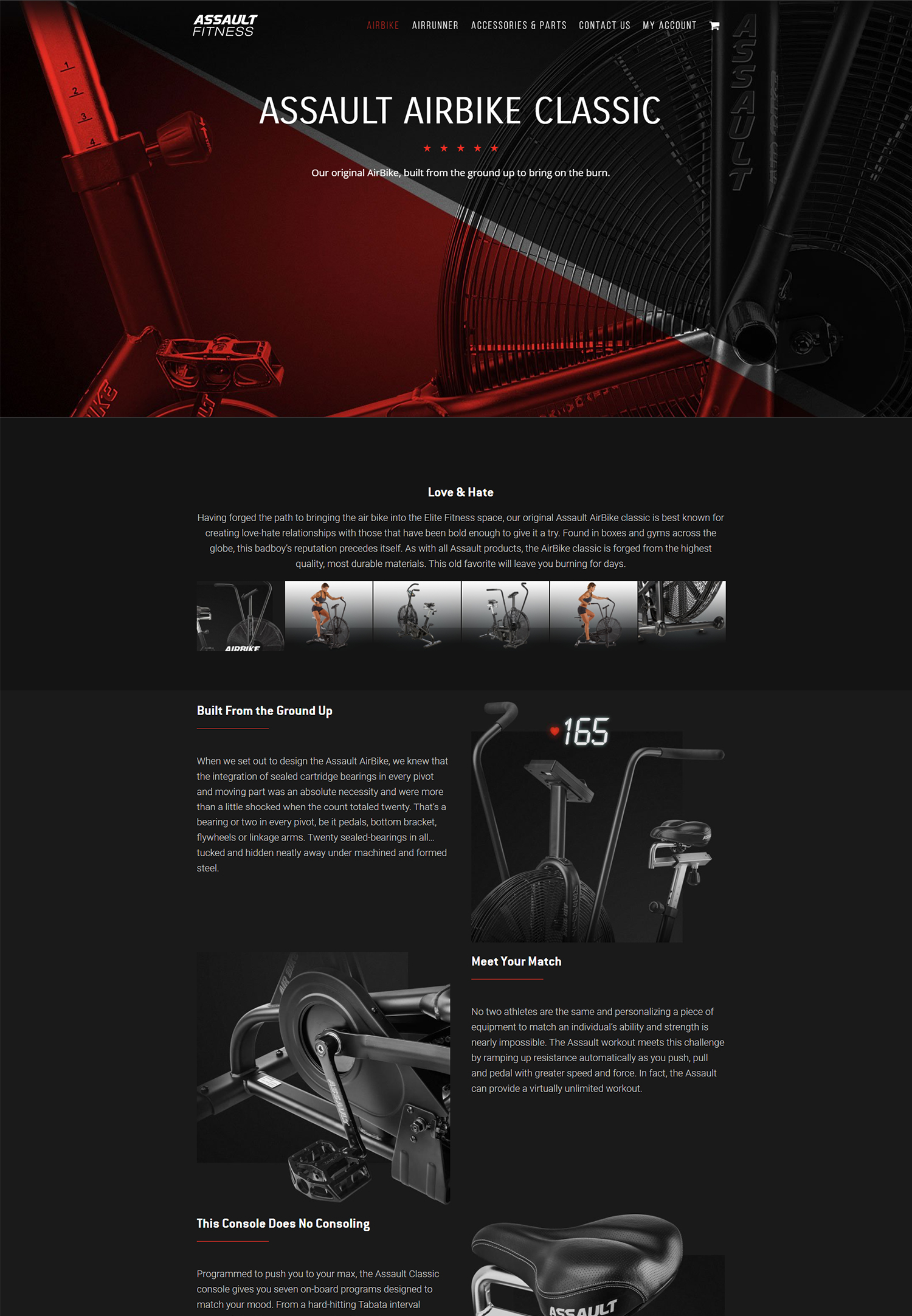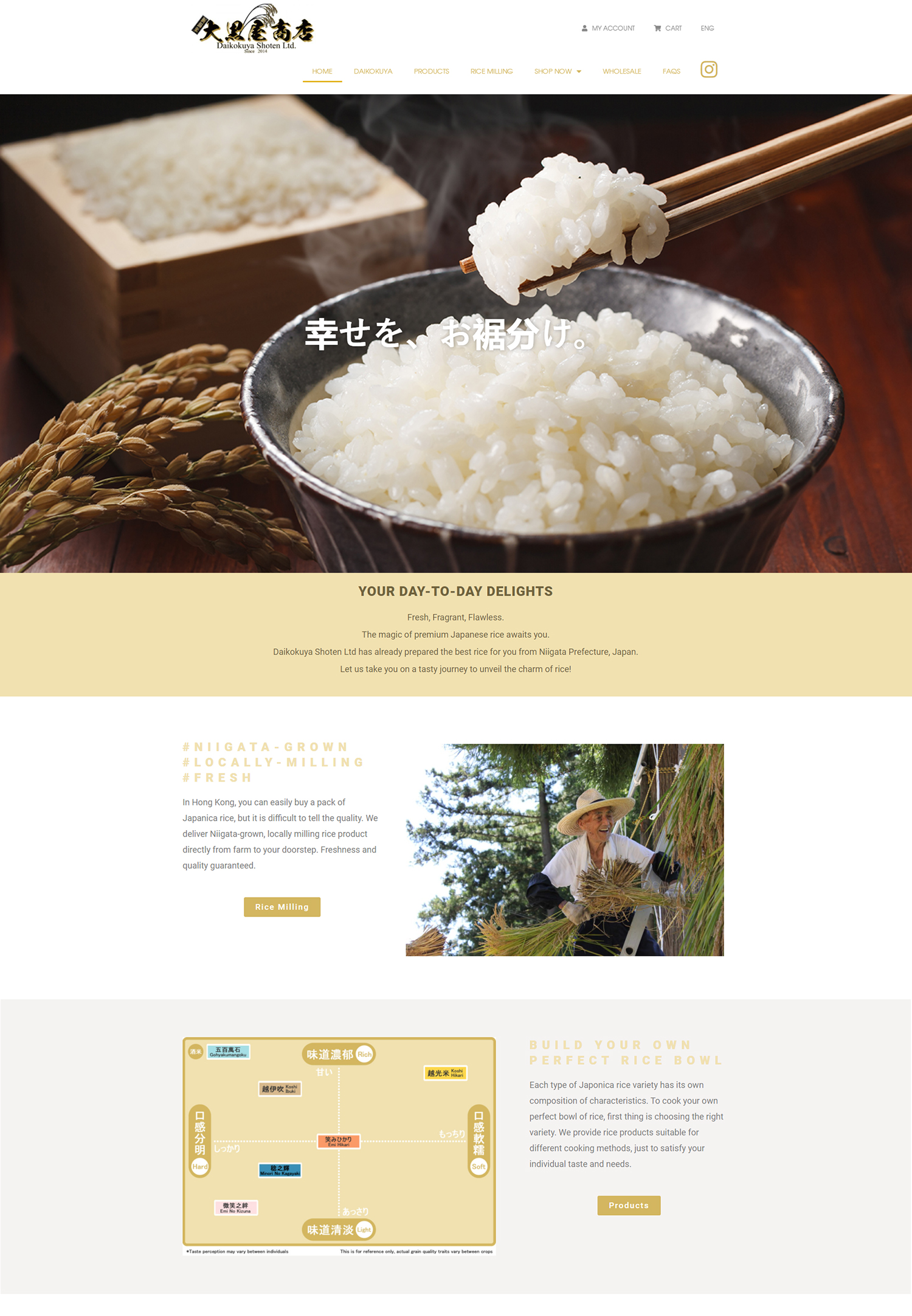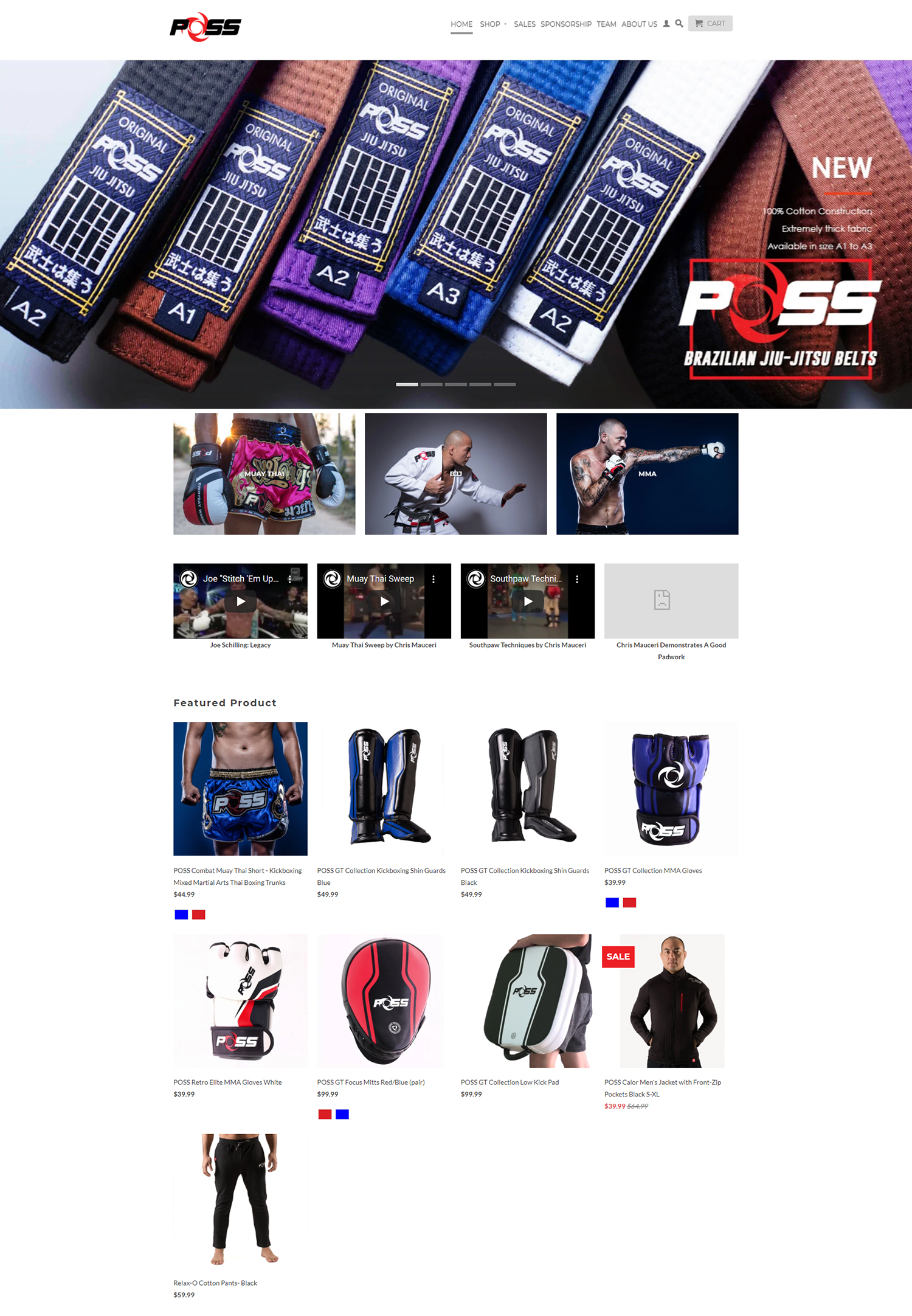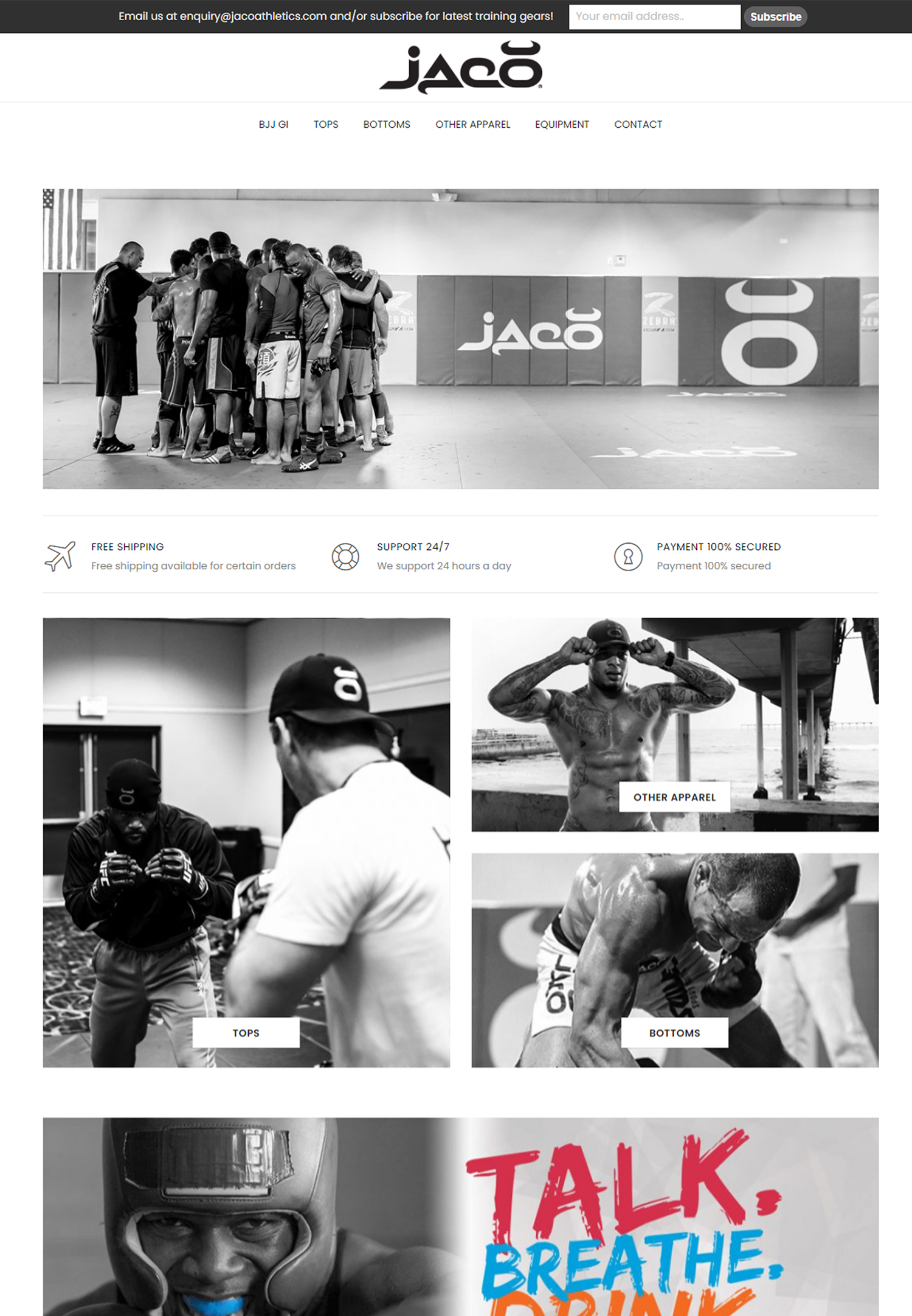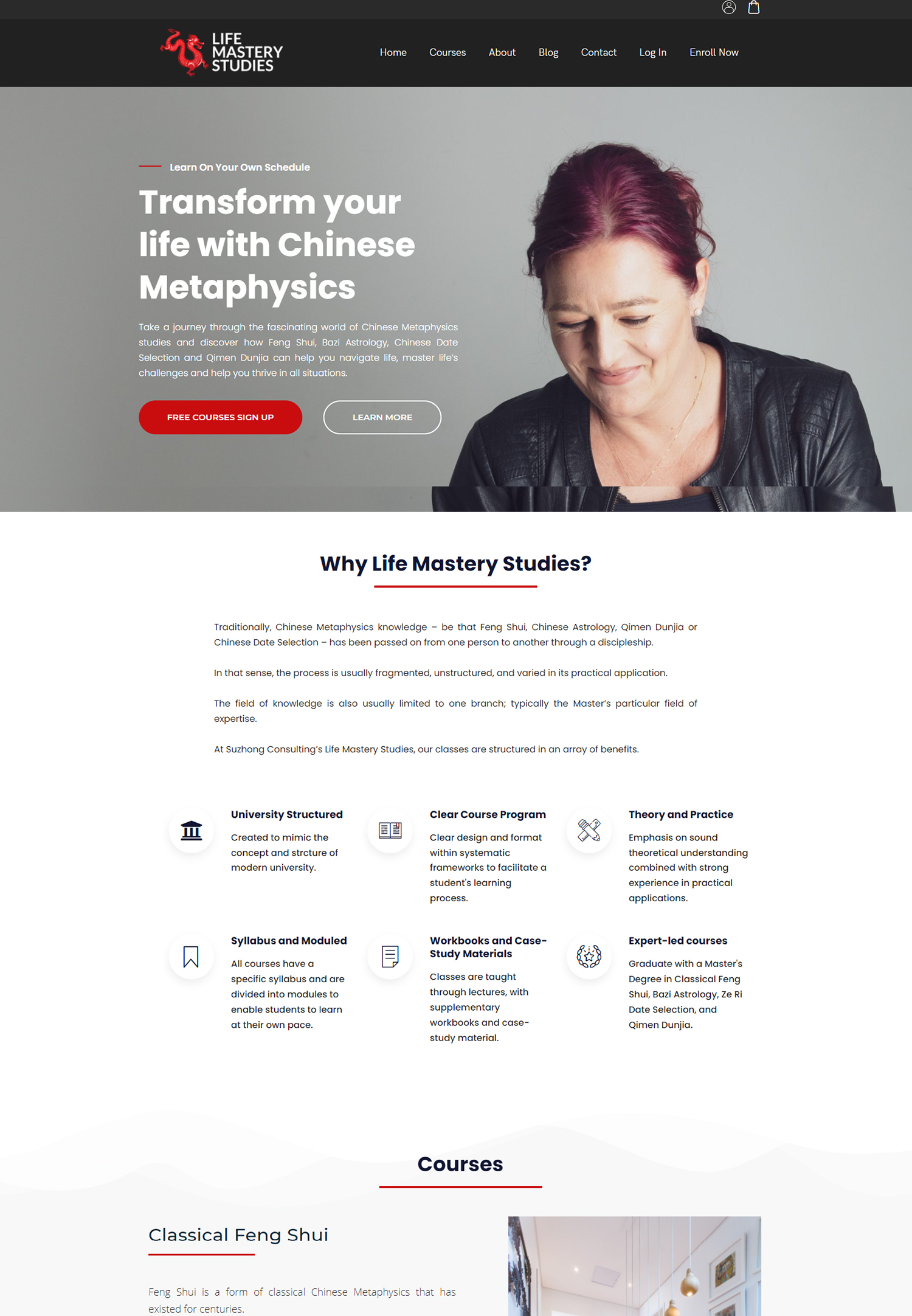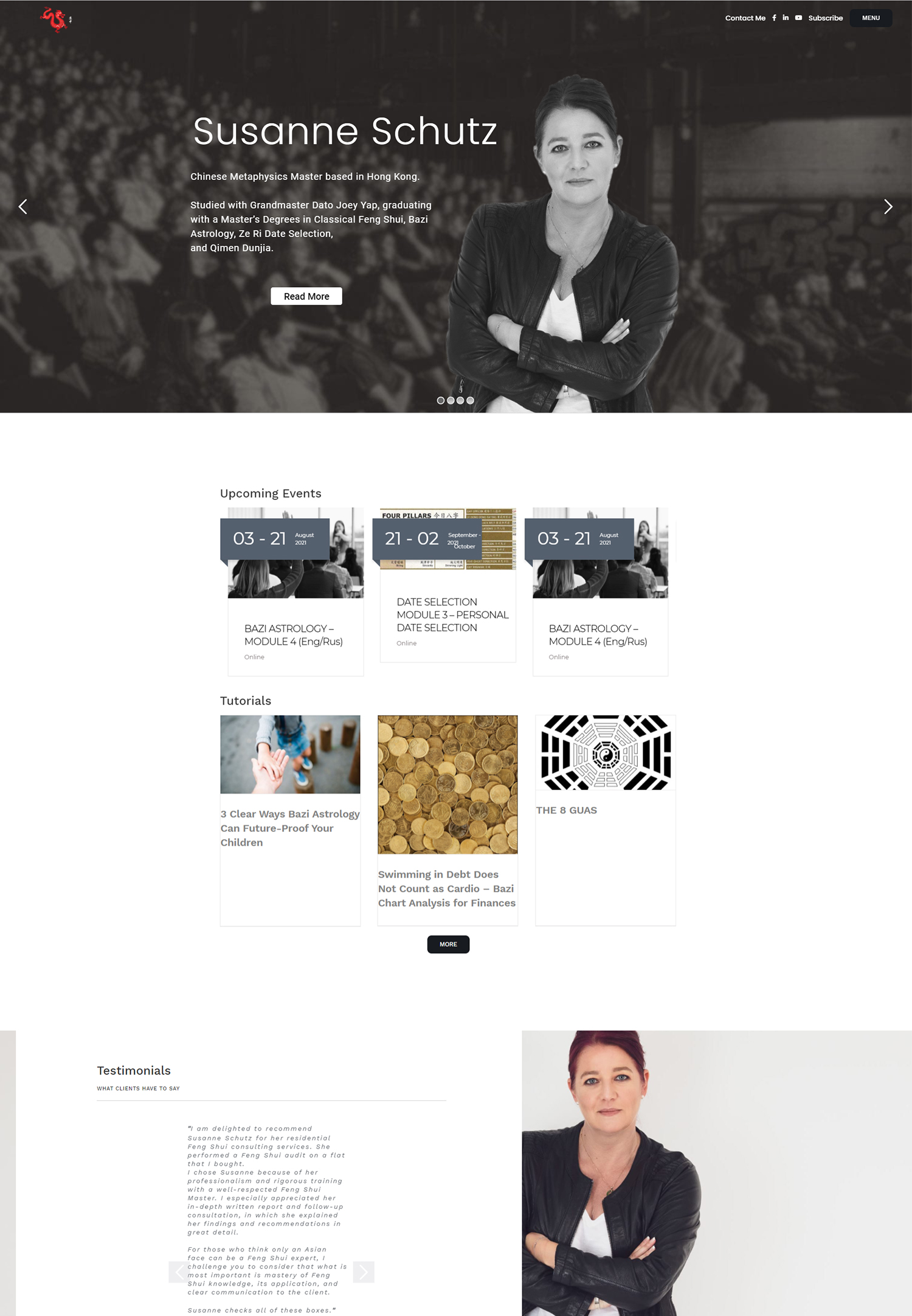To embark on a successful advertising campaign, we must first delve into the intricacies of our target audience. Understanding who they are, what they value, and how they behave is paramount. We can begin by segmenting our audience based on demographics such as age, gender, location, and income level.
However, we should not stop there; psychographics—interests, lifestyles, and values—play a crucial role in shaping our audience’s preferences. By creating detailed buyer personas, we can visualize our ideal customers and tailor our messaging to resonate with them on a deeper level. Moreover, we should engage in active listening to gather insights about our audience’s needs and pain points.
This can be achieved through surveys, social media interactions, and analyzing customer feedback. By understanding their motivations and challenges, we can craft messages that speak directly to their desires. This empathetic approach not only helps us connect with our audience but also fosters brand loyalty.
When we demonstrate that we understand their struggles and aspirations, we position ourselves as a trusted ally rather than just another business trying to make a sale.
Key Takeaways
- Understand your target audience’s demographics, interests, and behaviors to tailor your ad campaign effectively.
- Choose the right platform based on where your target audience spends their time and engages with content.
- Craft compelling ad copy and visuals that resonate with your target audience and drive action.
- Utilize retargeting strategies to re-engage with users who have previously interacted with your brand.
- Set clear goals and key performance indicators to measure the success of your ad campaign and make data-driven decisions.
- Monitor and analyze ad performance regularly to identify areas for improvement and optimization.
- Conduct A/B testing to compare different ad variations and optimize your campaign for better results.
- Budget and allocate resources effectively to maximize the impact of your ad campaign within your financial constraints.
Choosing the right platform for your ad campaign
Understanding Demographics and Platform Strengths
Once we have a clear understanding of our target audience, the next step is to select the most suitable platform for our advertising efforts. Each platform offers unique advantages and caters to different demographics. For instance, if our audience skews younger, platforms like Instagram or TikTok may be more effective due to their visual nature and popularity among younger users.
Content Strategy and Platform Alignment
Conversely, if we are targeting professionals or B2B clients, LinkedIn could be the ideal choice for reaching decision-makers in various industries. In addition to demographic considerations, we must also evaluate the type of content that performs best on each platform. Visual content thrives on Instagram and Pinterest, while informative articles and whitepapers may resonate more on LinkedIn.
Maximizing Engagement and Conversions
By aligning our content strategy with the strengths of each platform, we can maximize engagement and drive conversions. Furthermore, we should consider the advertising options available on each platform—whether it’s sponsored posts, video ads, or carousel ads—and choose those that best align with our campaign objectives.
Crafting compelling ad copy and visuals
With our target audience identified and the right platform chosen, we can now focus on crafting compelling ad copy and visuals that capture attention and drive action. The key to effective ad copy lies in its ability to convey a clear message while evoking emotion. We should aim to create headlines that are not only attention-grabbing but also relevant to our audience’s interests.
By using persuasive language and incorporating a strong call-to-action (CTA), we can encourage potential customers to take the next step. Visuals play an equally important role in our advertising efforts. High-quality images or videos that align with our brand identity can significantly enhance the effectiveness of our ads.
We should strive for visuals that tell a story or evoke an emotional response, as these elements can create a lasting impression on our audience. Additionally, consistency in branding across all visuals helps reinforce brand recognition and trust. By ensuring that our ad copy and visuals work harmoniously together, we can create a cohesive message that resonates with our audience.
Utilizing retargeting strategies
As we progress in our advertising journey, it’s essential to recognize the power of retargeting strategies. Not every potential customer will convert on their first interaction with our brand; therefore, retargeting allows us to re-engage those who have previously shown interest in our products or services. By utilizing cookies or tracking pixels, we can display targeted ads to users who have visited our website or engaged with our content but did not complete a purchase.
Retargeting campaigns can be highly effective because they remind potential customers of their initial interest while providing them with additional incentives to convert. For instance, we might offer a limited-time discount or highlight customer testimonials to build trust. By keeping our brand top-of-mind through retargeting efforts, we increase the likelihood of converting leads into loyal customers.
This strategy not only enhances our overall return on investment (ROI) but also fosters a sense of familiarity with our brand.
Setting clear goals and key performance indicators
To ensure the success of our advertising campaigns, we must establish clear goals and key performance indicators (KPIs) from the outset. These goals should be specific, measurable, achievable, relevant, and time-bound (SMART). Whether we aim to increase website traffic, generate leads, or boost sales, having well-defined objectives allows us to focus our efforts and allocate resources effectively.
Once we have set our goals, identifying relevant KPIs is crucial for tracking progress and measuring success. Common KPIs include click-through rates (CTR), conversion rates, return on ad spend (ROAS), and customer acquisition costs (CAC). By regularly monitoring these metrics, we can gain valuable insights into the effectiveness of our campaigns and make data-driven decisions moving forward.
Setting clear goals and KPIs not only keeps us accountable but also provides a framework for evaluating the overall performance of our advertising efforts.
Monitoring and analyzing ad performance
As our campaigns unfold, continuous monitoring and analysis of ad performance become essential components of our strategy. We should utilize analytics tools provided by advertising platforms to track key metrics in real-time. This allows us to identify trends and patterns that may inform adjustments to our campaigns.
For instance, if we notice that certain ads are underperforming while others excel, we can pivot our strategy accordingly. In addition to quantitative data, qualitative insights from customer feedback can provide valuable context for understanding ad performance. Engaging with customers through comments or direct messages can reveal their perceptions of our ads and help us refine our messaging.
By combining both quantitative and qualitative analysis, we can develop a comprehensive understanding of what resonates with our audience and make informed decisions to optimize future campaigns.
A/B testing and optimizing your ad campaigns
A/B testing is a powerful tool that allows us to experiment with different elements of our ad campaigns to determine what works best. By creating two variations of an ad—such as different headlines, visuals, or CTAs—we can compare their performance against each other. This method enables us to make data-driven decisions based on real user interactions rather than assumptions.
Through A/B testing, we can uncover valuable insights about our audience’s preferences and behaviors. For example, we might discover that a specific color scheme or wording resonates more with our target demographic. By continuously testing and optimizing various elements of our campaigns, we can enhance engagement rates and improve overall performance.
This iterative approach not only maximizes the effectiveness of our ads but also fosters a culture of experimentation within our marketing team.
Budgeting and allocating resources effectively
Finally, effective budgeting and resource allocation are critical components of any successful advertising campaign. We must carefully assess our overall marketing budget and determine how much we are willing to invest in each campaign based on its potential return on investment. This involves prioritizing channels that have historically performed well while also leaving room for experimentation with new platforms or strategies.
In addition to financial resources, we should consider the human resources required for executing our campaigns effectively. This includes assigning team members to specific tasks such as content creation, analytics monitoring, and customer engagement. By ensuring that we have the right people in place and allocating resources wisely, we can maximize the impact of our advertising efforts while staying within budget constraints.
In conclusion, navigating the world of advertising requires a multifaceted approach that encompasses understanding our target audience, selecting the right platforms, crafting compelling content, utilizing retargeting strategies, setting clear goals, monitoring performance, conducting A/B testing, and budgeting effectively. By embracing these principles as a cohesive strategy, we position ourselves for success in reaching and engaging our audience while driving meaningful results for our business.






